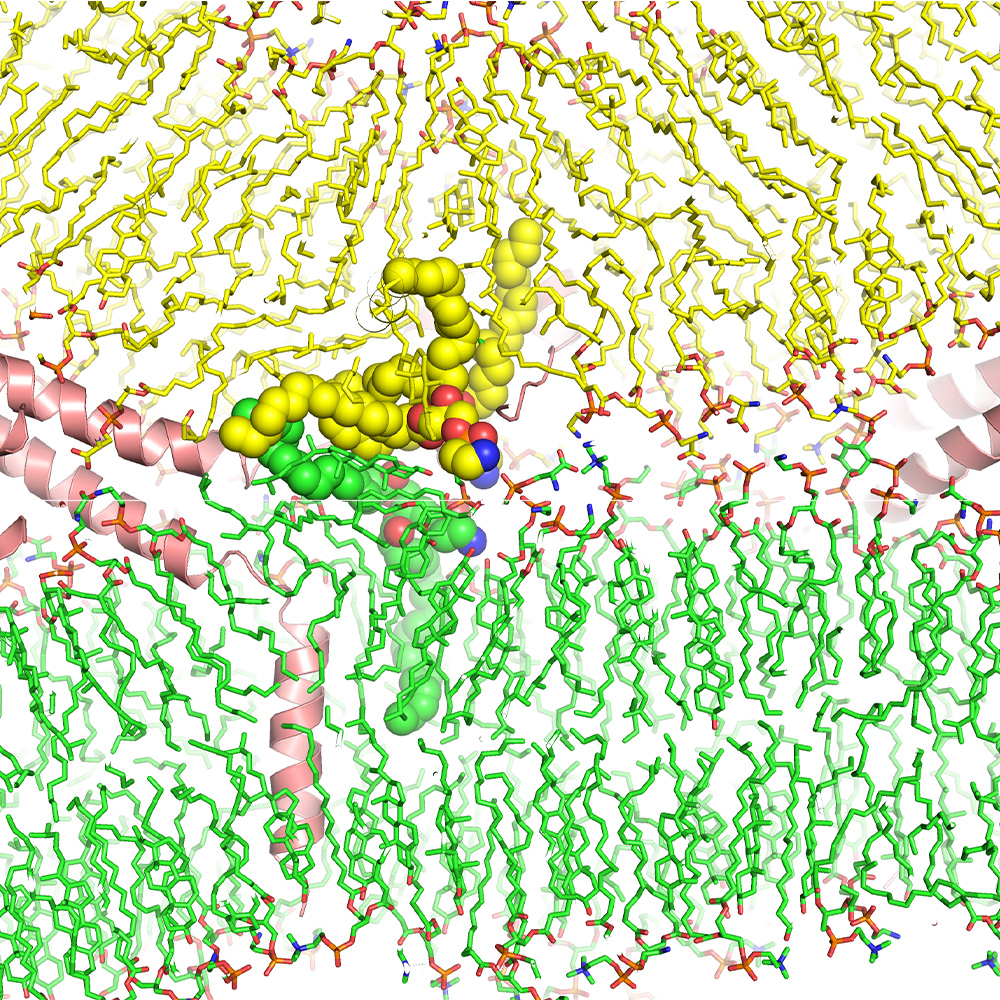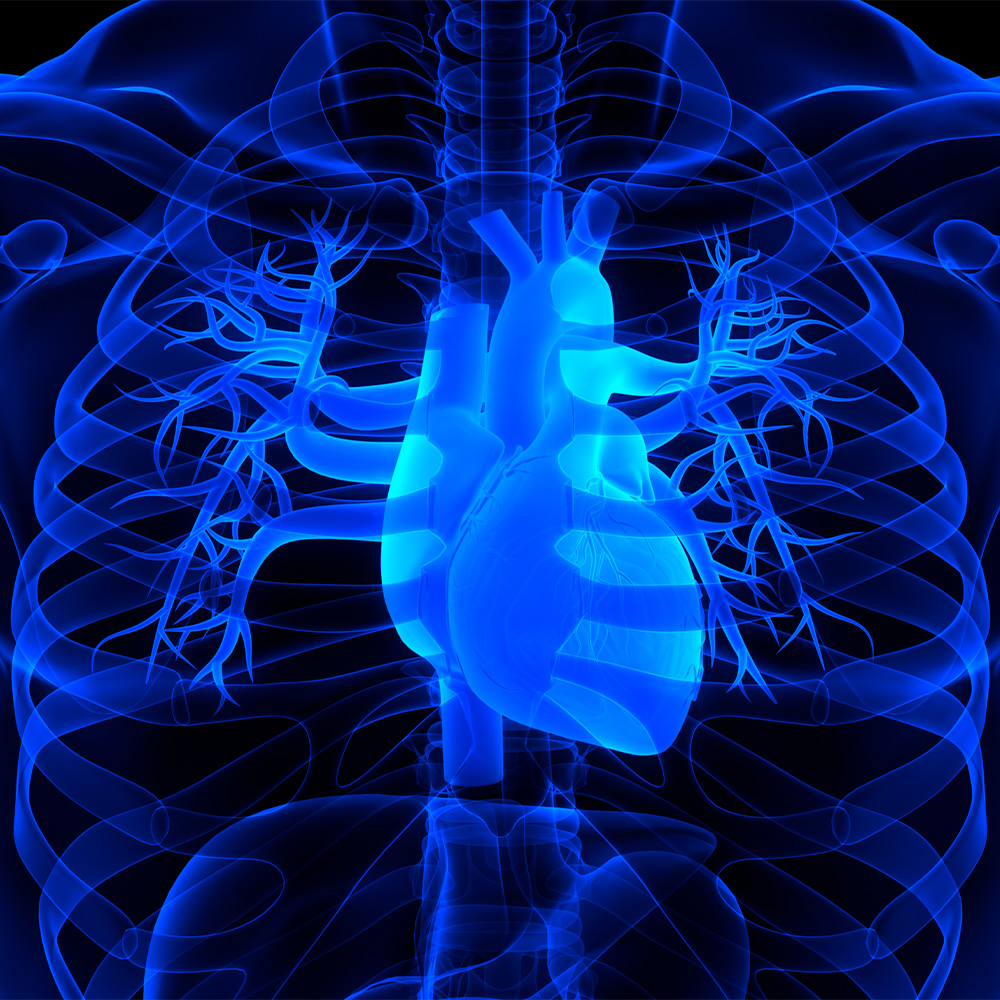Educating the next generation

Rapid advances in health care demand new approaches to providing the best medical education possible, and establishing a “forward-looking curriculum” was one of the strategic priorities that Dr. Daniel K. Podolsky set for UT Southwestern as part of the agenda for his presidency. Under the leadership of Dr. Greg Fitz, Executive Vice President for Academic Affairs, Provost, and Dean of the Medical School, UT Southwestern has now achieved that goal, launching an updated Medical School curriculum and growing other programs, such as its School of Health Professions, with new leadership. And several UTSW residency programs are ranked among the top 10 nationally, further proof of a commitment to excellence in education.
On a New Course
Revised Medical School Curriculum Prepares Students for Medicine in an Age of Rapidly Expanding Knowledge
The future of medical education is here.
The UT Southwestern Medical School Class of 2019 is already well-entrenched in the school’s boldly redesigned curriculum – a curriculum built on the fundamental science that has always been its foundation, but that emphasizes skills needed for 21st-century medicine, such as greater teamwork and enhanced critical thinking.
“The new curriculum puts greater emphasis on team-based learning, individual contact with faculty over the course of a student’s education, meaningful mentorship opportunities, and on balancing the hard science with the human side of medicine,” said Dr. Greg Fitz, Executive Vice President for Academic Affairs and Provost, and Dean of the Medical School.
The basic science classes that first-year students are taking now are integrated in new ways – learning how the healthy heart and vascular system work, combined with learning about cardiovascular disease, for instance – that reduce repetition and make learning more dynamic for students.
And, especially exciting for students, members of the Class of 2019 at this time next year will start their clerkship period – a half a year earlier than they would have under the previous curriculum.
“We emphasize that every medical student is a student for life. There is an ever-expanding body of knowledge, so a career in medicine – no matter what your specialty – means being a lifelong learner,” said Dr. Fitz.
The new curriculum was the result of a year of intense work led by Dr. James Stull, Chairman of Physiology, and Dr. Dennis Burns, Professor of Pathology, with the Strategic Planning Committee. The effort included input from, literally, hundreds of faculty members and students.
“We started the process by going up to 30,000 feet and taking a global view of what the existing curriculum looked like,” said Dr. Stull. “Then we made the rounds, visiting schools that had updated curricula, and read reports and recommendations for teaching medicine in the future for the complex, modern world. ‘Now, with what we know,’ we all asked, ‘what would be an ideal future curriculum for UT Southwestern?’ ”
Critical Thinking, Problem-Solving Emphasized
Dr. Robert Rege, Associate Dean of Undergraduate Medical Education and Professor of Surgery, leads the charge to implement the new curriculum. The previous curriculum involved significant passive learning and memorization, Dr. Rege said. “Students crammed for those tests, and after the test, they sometimes forgot those things as they moved on to the next academic hurdle. We didn’t feel those methods fostered problem-solving, teamwork, or the acquisition of medical skills,” he said.
The new curriculum, without sacrificing any of the historic strengths and fundamentals of science, will emphasize critical thinking and problem-solving over memorization, Dr. Rege said.
An innovative manifestation of the new curriculum that first-year students encountered immediately was the state-of-the-art Team Based Learning (TBL) Center. Located in what was previously the second floor of the South Campus Library, the facility can seat up to 240 students at 40 tables. Moveable hideaway walls make it possible to convert the space into three learning areas. Each table has its own video screen, and the room can support 960 wireless connections. Instruction stations offer the ability to pull video from any individual screen in the TBL Center and display it on other screens. Not only incoming students benefit, however. Team-based learning, and some other developed features for the new curriculum, are also being implemented in the current curriculum.
Student orientation included a hands-on exercise in the TBL Center led by Dr. Lindsey Pershern, Clinical Assistant Professor of Psychiatry, who is chairing the TBL faculty advisor group. “The value of team-based learning is that it provides an active learning environment, and active learning is retained better,” said Dr. Pershern.
Team-based learning exercises begin with an individual quiz, so students must have completed the assigned reading when they arrive – a traditional education experience. But then things get interesting: The students retake the quiz with the other five students on their team. Students working in teams get immediate feedback about the material, learn from one another, and also learn to work in tandem with colleagues. Finally, the students are given a carefully designed problem that requires them to apply the material to a hypothetical situation.
Dr. James Amatruda, Associate Professor of Pediatrics, Internal Medicine, and Molecular Biology, used the TBL Center to reinforce a section on macromolecules in the Fundamentals of Biomedical Sciences course. “We presented a case based on one of our patients who had leukemia and posed this question: How does our understanding of medicine at the level of macromolecules – DNA and RNA – prove relevant to the diagnosis and treatment of childhood leukemia? We challenged them to come up with answers based on the course material, the reference materials available to them, and the collective knowledge of their team,” said Dr. Amatruda.
While there were, naturally, a few hiccups to be worked out with the first team-based learning sessions, Dr. Amatruda said he could clearly see the benefits to students. “The group is a fantastic nexus for learning. We want the students to understand the basic sciences really well, because that’s the foundation, but at the same time, they come here very excited about learning medicine, so we’re trying to introduce clinically relevant material early on.”
First-year student Mitu Bhattatiry, who majored in industrial engineering at Columbia University, finds the team-based learning format invaluable. “I wasn’t a biology major, so I stand to learn a lot from my classmates. Often they ask us about a disease that we might only have touched on, but some of us will have personal experience that we can draw upon. It’s a great way to flip the classroom.”
To better prepare students for patient encounters, a state-of-the art Simulation Center will be ready for use in 2018 on West Campus. The Center will feature high-fidelity simulators that are close replicas of human patients.
“The need to prepare trainees to deal with emergent medical problems before encountering them on the wards has led to the development of simulations using high-fidelity mannequins to teach response to life-threatening medical problems, such as cardiac arrest and shock,” explained Dr. Rege.
Courses Organized into Learning Blocks
While much of the new curriculum is still presented in traditional lecture style, courses are organized in new ways to enhance learning in a way relevant to clinical practice. Rather than attending courses titled Anatomy and Immunology, Class of 2019 students attended a block called Body Structure Foundations, which incorporated gross anatomy, embryology, histology, and radiographic imaging, and a Fundamentals of Biomedical Sciences block, which incorporated biochemistry, genetics, cell biology, microbiology, immunology, pharmacology, physiology, and pathology.
“The science is more fully integrated early in the course of study, but with the chance to come back later and revisit it, based on clinical experience in the interim. We think that’s a better way to learn the science that matters,” said Dr. Fitz.
First-year students are currently studying a block called Integrative Medicine: Health to Disease, which reviews body systems – cardiovascular, neurological, musculoskeletal, etc. – combining both normal and diseased-state function. Under the former curriculum, students studied the normal state in their first year and the diseased state in their second year, which meant substantial review at the start of second-year classes. “We aimed to eliminate redundancy,” said Dr. Burns.
The students will begin clinical rotations during the middle of their second year – a full six months earlier than under the former curriculum. That’s an adjustment greatly appreciated by the students.
“You get great training in the basic sciences, but also early exposure to the clinical side,” said Ms. Bhattatiry. “Everyone who comes here is excited about being a doctor, so getting that earlier clinical exposure is thrilling.”
In their post-clerkship period, among other classes, students will take a Back-to-Basics block that returns their focus to basic science subjects such as biochemistry and cell biology, but at a more sophisticated level that will integrate their newly acquired clinical knowledge. Another addition to the curriculum starting in the clerkship period is a 12-week scholarly activity project that each student will be required to complete under the direction of a mentor. Posing a hypothesis and arriving at an answer will help students hone intellectual abilities they will need throughout their careers.
“There is a doubling of medical knowledge every four to five years. There is one article published per minute in the medical sciences – but not all of that information is correct,” said Dr. Fitz.
“So, while we’re working to ensure that students are very well-grounded in the facts of medicine and the experiences of clinical care, we also want to train them to think critically and distinguish between what we know and what needs more investigation. That means they must ask hard questions, respectfully challenge the status quo, and think critically about a vast array of issues.”
So, in the end, the new curriculum gives rise to a new kind of medical student, one better equipped to practice medicine and advance patient care in the 21st century.
###
Dr. Amatruda holds the Nearburg Family Professorship in Pediatric Oncology Research, and is a Horchow Family Scholar in Pediatrics.
Dr. Burns holds the Jane B. and Edwin P. Jenevein, M.D. Chair in Pathology.
Dr. Fitz holds the Nadine and Tom Craddick Distinguished Chair in Medical Science and the Atticus James Gill, M.D. Chair in Medical Science.
Dr. Stull holds the Fouad A. and Val Imm Bashour Distinguished Chair in Physiology.




